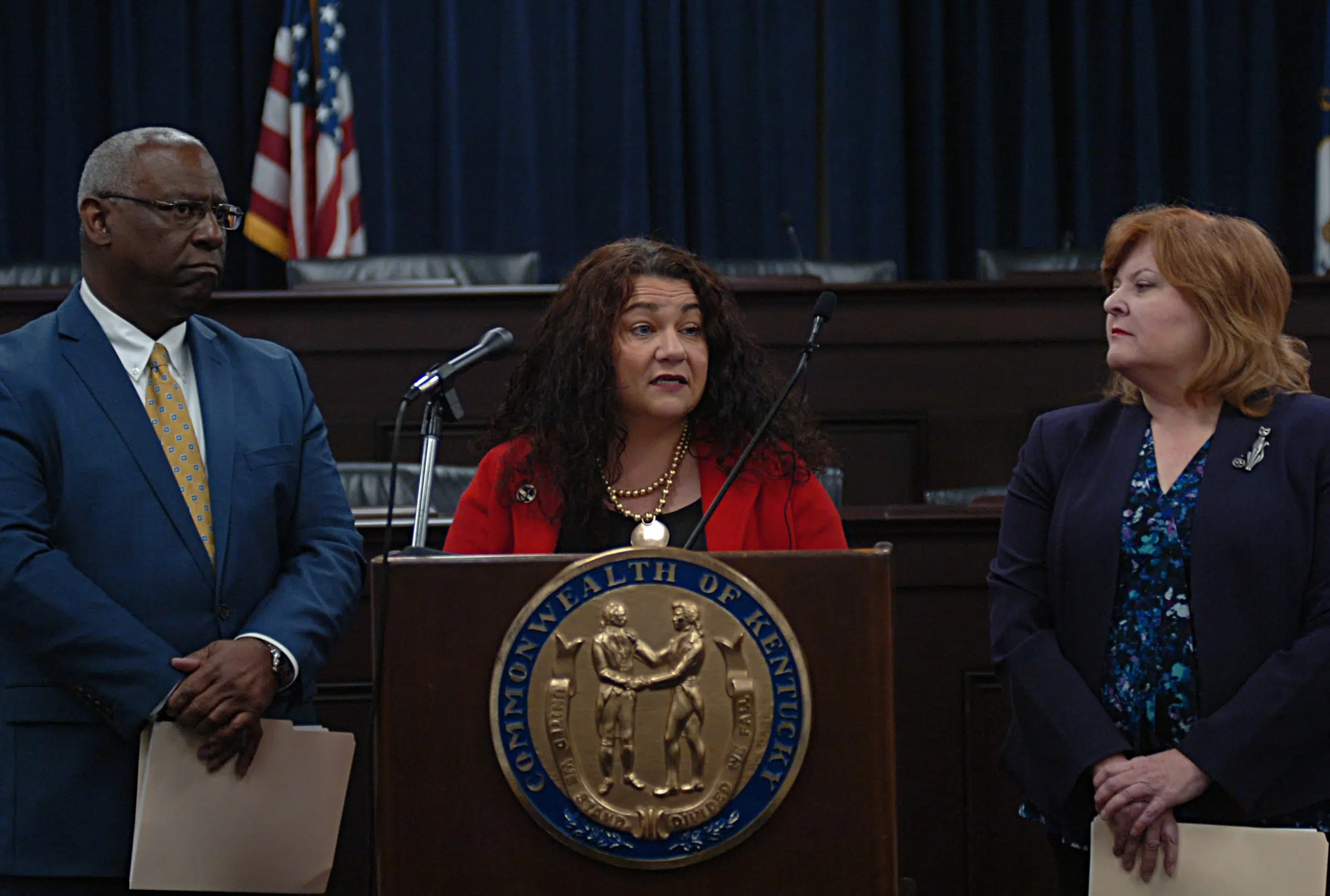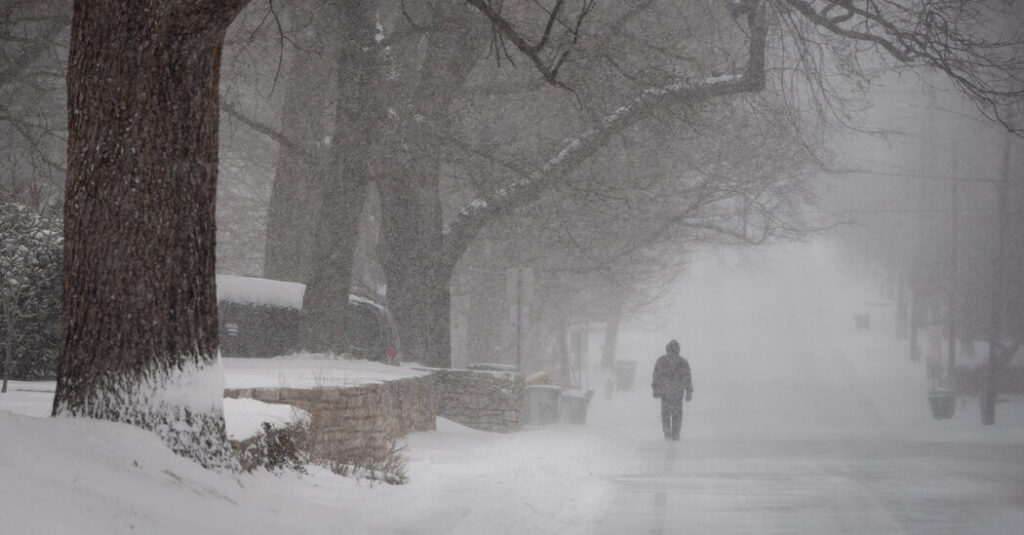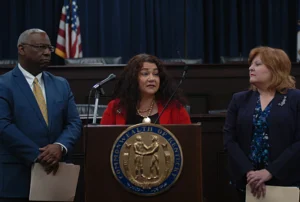Climate change is no longer a distant warning—its impacts are shaping our present reality. From intensified hurricanes to rising seas, its effects are visible year-round. Winter, a season traditionally associated with snow and cold, is no exception. Long-term warming trends are altering winters, with less snow, warmer temperatures, and shifting weather patterns.
This blog explores how climate change is transforming the winter season, the consequences of these changes, and what can be done to address the crisis.
The Disappearing Winter Wonderland
Winters are becoming warmer and shorter across the globe. Recent data shows that snow cover is declining due to rising temperatures caused by greenhouse gas emissions. The warming trend has significant implications:
- Reduced Snowfall
Warmer temperatures mean more precipitation falls as rain rather than snow. A study published by the National Oceanic and Atmospheric Administration (NOAA) found that snowpack levels in many regions have decreased over the last 50 years. - Shorter Winters
Spring-like conditions are arriving earlier, reducing the length of the winter season. This shift disrupts ecosystems, affecting species that rely on consistent winter conditions for survival. - Rising Winter Temperatures
The U.S. has experienced record-breaking warm winters in recent years. For instance, 2023 marked the warmest autumn ever recorded in the country, setting the stage for a milder winter.
Impacts of Warmer Winters
The decline in traditional winters affects not only the environment but also the economy, public health, and daily life.
1. Disrupted Ecosystems
Wildlife and plant life are adapted to seasonal cycles. For example:
- Animals: Species like snowshoe hares and Arctic foxes depend on snow cover for camouflage and survival.
- Plants: Certain crops require cold winters for optimal growth.
2. Economic Consequences
Industries that rely on snow are struggling:
- Winter Sports: Ski resorts are experiencing shorter seasons and reduced snowfall.
- Agriculture: Warmer winters affect the growth cycles of crops, leading to lower yields.
3. Public Health Risks
Milder winters contribute to an increase in disease-carrying pests like ticks and mosquitoes. Additionally, erratic weather patterns can exacerbate respiratory conditions and other illnesses.
The Science Behind Winter Transformation
Climate change is driven by human activities such as burning fossil fuels and deforestation. These activities release greenhouse gases like carbon dioxide and methane, trapping heat in the atmosphere and raising global temperatures.
Winter Warming Patterns
- Arctic Amplification: The Arctic is warming at twice the rate of the rest of the planet. As polar ice melts, less sunlight is reflected, accelerating warming.
- Jet Stream Changes: A warming Arctic is disrupting the jet stream, leading to erratic weather patterns and unusual winter storms in some regions.
Adapting to the New Reality
While the changes to winters are alarming, there is hope. Experts agree that reducing emissions and implementing sustainable practices can mitigate the worst effects of climate change.
1. Transition to Renewable Energy
Renewable energy sources like wind, solar, and geothermal can replace fossil fuels. A recent report highlights that geothermal energy alone could meet 15% of global energy demand by 2050.
2. Carbon Sequestration
Planting trees and restoring forests can help absorb carbon dioxide from the atmosphere. These natural solutions are critical in slowing global warming.
3. Policy Changes
Governments must enact stricter environmental regulations, support renewable energy initiatives, and invest in climate adaptation projects.
4. Individual Actions
Individuals can also contribute by:
- Reducing energy use at home.
- Supporting sustainable brands.
- Advocating for climate policies.
What the Future Holds
The transformation of winter is a wake-up call. Without immediate action, the impacts of climate change will become more severe. However, the good news is that solutions exist. By cutting through the noise and focusing on actionable steps, we can safeguard the seasons, ecosystems, and communities we cherish.
The fight against climate change requires collaboration across all sectors of society. Together, we can turn the tide and create a sustainable future for generations to come.











